The three children were aware their maternal grandfather, Alfred Landecker, had been murdered by the Nazis sometime in 1942. But when they pushed their mother for further information about that infamous period of time and growing up Jewish in Germany, her response was always, “stop talking about that old stuff.” The children ultimately inherited their father’s company, but it wasn’t until several of them ordered an exhaustive investigation into their firm’s wartime activities that they uncovered the ties their father and his father had to Hitler and its use of forced labor. This is the international company that today owns Panera Bread and Krispy Kreme Donuts among hundreds of other well-known consumer brands.
Did You Know?
Did you know that that French fries did not originate in France? Nope, French fries ⏤ I knew them as “pommes frites” while growing up in Holland ⏤ were invented during the seventeenth century in Belgium. However, the French were responsible for the term “French kissing” ⏤ you know, the open-mouth smooch. At this point, you should hide this blog from the kids.
It seems the term “French kiss” entered the English language in 1923. It was coined by ex-pat American men who enjoyed their dallies with French women (in France, it was just called a kiss). The French it seemed, were more comfortable with tongue action than those uptight Americans.
However, it wasn’t until after World War II that the term and practice caught on in the United States. The popularity of French kissing was brought home by the G.I.’s who served in France and other parts of Europe (I’m sure they brought other things home as well). The Academie Français has yet to formally accept a name to denote a French kiss but I don’t think that will put a dent into practicing this time-honored adult activity.
French kissing is honored on International Kissing Day every year. So, if you want to have fun at least once a year, do it on the sixth of July.
We now return control of this blog to you and the kids. Until two weeks at the same time and day, when we will take you to ⏤ another “Did You Know?”
The Maternal Grandfather
Alfred Landecker (1884-1942) was Jewish and a German citizen (at least until 1935 when the Nazis stripped German Jews of their citizenship), a World War I veteran, and a very successful accountant/businessman. He married Maria who was Catholic, and together, they had three children: Emilie or, “Emmy” (1922-2017), Gerda (b. 1923) and Wilhelm or, “Willi” (1925-2016). Maria died in 1928 and Alfred raised the children by himself. Under Nazi Jewish laws, the children were considered to be Jewish. So, Alfred had his three children baptized in the Catholic church. Once that was accomplished, Alfred transferred ownership in all his possessions to the children. Alfred and the children tried to flee Germany, but he couldn’t afford the cost to leave. As a Jew, Alfred was not allowed to work so the teenager, Emmy, had to go to work in late 1940.
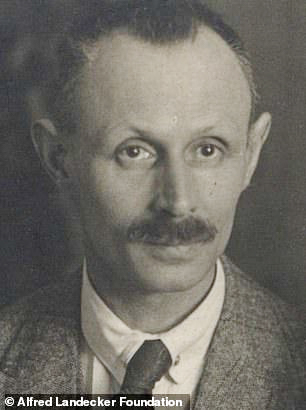


In early April 1942, Alfred received a letter informing him of the date he would be deported. Willi later recalled the Gestapo knocked at the door of the family’s apartment in Mannheim on 24 April and demanded to know, “Is the Jew Alfred Israel Landecker here?” Alfred presented himself and the Gestapo agent asked him, “So, you dirty Jew, are you ready to take a trip?” Alfred hugged his son and told him to say goodbye to Emmy and Gerda.
Alfred sent his last letter to the children several weeks after his arrest. He was being detained at block III 416/2 in the Izbica ghetto. The ghetto was a transfer point for Jews before being sent to the Belżec and Sobibór extermination camps ⏤only fourteen Jewish citizens of Izbica, Poland survived the war. The letter was the last communication anyone had from Alfred and it is assumed he was murdered by the Nazis shortly after arriving at one of the camps.
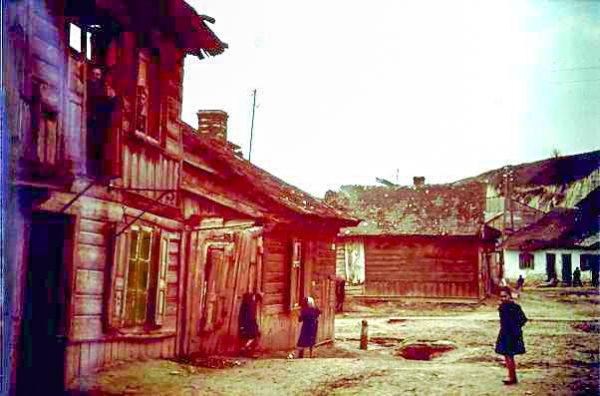
The Mother
Emilie Landecker was the oldest child and by the time she was nineteen, Emmy was forced to find a job to support the family. Despite having been baptized as a Catholic, Emmy was terrified of the Nazis finding out she was half Jewish and eligible for deportation to an extermination camp. She approached a German company named Benckiser and was hired into its accounting department. When her father was arrested, Emmy was at work. Benckiser manufactured industrial cleaning products and was very successful in cleaning out all of its non-Aryan employees. The owners, Albert Reimann Senior and Junior, were fervent supporters of Hitler and his Nazi Party. At one point, Albert Reimann Jr. and Emmy fell in love and began their affair which would last until Reimann’s death in 1984.

The Company
Johann Adam Benckiser (1782-1851) founded his chemical company in 1823 and five years later, Karl Ludwig Reimann (1804-1872) joined Joh. A. Benckiser GmbH. Reimann married Benckiser’s daughter and eventually, inherited the company. By 1858, Reimann had relocated Benckiser to Ludwigshafen, Germany. Ludwig Reimann’s grandson, Albert Reimann (c. 1880-1954) eventually took over the company and was later joined by his son, Albert Jr. (1898-1984) in 1925.
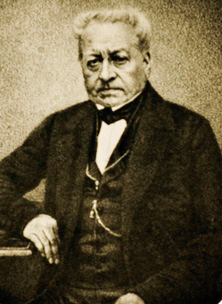
During the 1920s when Hitler began his rise to power, Albert Reimann Sr. and his son attended Nazi political rallies and events where Hitler spoke. Beginning in 1931, the Reimanns began donating money to various Nazi organizations including the Schutzstaffel or, SS. Father and son had bought into the Nazi philosophies and racial policies and not just because they were business opportunists. Both men enthusiastically signed up to become members of the Nazi Party. The small company expanded greatly after 1933, the year Hitler came to power. It went from 181 employees in 1933 to 650 during World War II and by 1943, thirty percent of its workforce was slave labor from France and Eastern Europe. Benckiser supplied processed cheese, salts for blood treatments, supplements for baby food, and water softening chemicals to the Nazis. It is not believed that Benckiser profited from the confiscation of Jewish businesses or property nor did it use forced labor from the concentration camps ⏤ both of which were common practices by many German industrialists. Benckiser operated two labor camps which were managed by a brutal foreman, Paul Werneburg. He forced women workers to stand at attention while naked outside their barracks regardless of weather conditions. Beatings and sexual abuse were common under his watch. During a bombing raid in early 1945, Werneburg threw dozens of workers out of the shelter resulting in thirty-one casualties including one death. Archived documentation revealed a 1937 letter Reimann sent to the head of the SS, Heinrich Himmler. The letter confirmed Benckiser was one hundred percent Aryan.
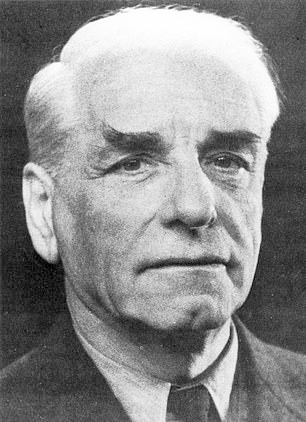
Benckiser building in Ludwigshafen. Photo by Immanuel Giel (April 2009). PD-Author Release. Wikimedia Commons.
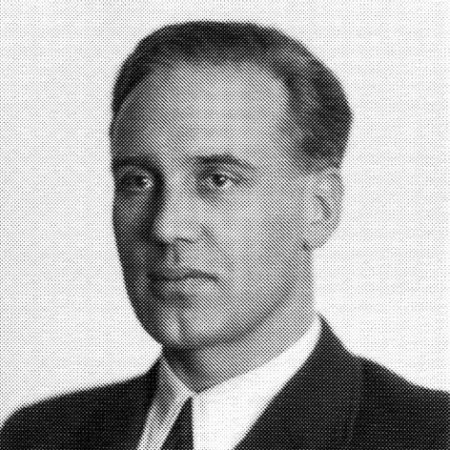
Right up until the end, Albert Jr. believed in the Endsieg or, Hitler’s “final victory.” After the war ended, the Allies arrested Albert Jr. and interned him in a de-Nazification camp. He claimed to have been denounced as one of the faithful members of the Nazi party and went so far as to write a letter stating he had been under surveillance by the Gestapo. He held to the story that he was a victim of the Nazis. The Americans believed him and ultimately, classified Reimann as a “follower” of Nazism, rather than being an active Nazi member and he was released.
Albert Reimann Jr. took over the company after his father died in 1954 and began to shift Benckiser toward food products and the consumer retail business. He began to lay the groundwork for a multi-conglomerate business empire where Emilie continued to work until 1965.
Emilie and Albert Jr.
It is not known when their love affair began but it is safe to assume it was during the war years and it did not end until Albert’s death. The two never married and despite the secrecy of the relationship, Albert’s wife, Pauline, knew about the affair and condoned it. Reimann would visit Emilie every week on Tuesday and Wednesday. There were three children born to Emilie and Albert: Renate Reimann-Haas (b. 1952), Wolfgang Reimann (b. 1953), and Andrea Reimann-Ciardell (b. 1957). In addition to adopting Emilie’s children in 1965, Albert also adopted two other children: Stephan Reimann-Andersen (b. 1963) and Matthias Reimann-Andersen (b. 1965).
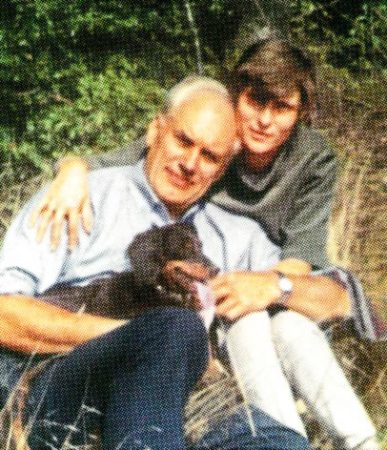

Wolfgang Reimann believes his mother would have been privy to all of the activities and atrocities associated with Benckiser and Albert Jr.’s support of the Nazis. Unfortunately, the company’s support of the Nazis helped contribute to the murder of her father and millions of others.
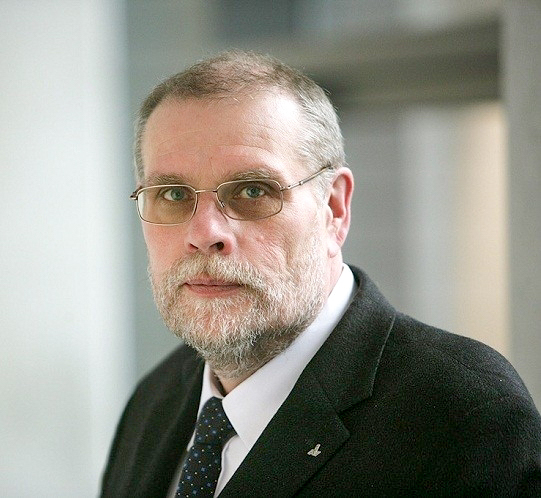
German Industrial Support of Hitler
Practically every German company during the 1930s and up until mid-1945 either donated money to the Nazis, did business with the Nazi regime, or supported the party and the war. Originally, German industrialists thought Hitler was a crackpot but after a secret meeting on 20 February 1933 in which Hitler addressed some twenty of the most important German business leaders, these men were completely on board with their support as evidenced by the more than two million Reichsmarks raised at the end of the meeting.
Today, many German companies can trace part of their history to the twelve-year Reich and their use of forced labor or worse (e.g., IG Farben). Many have apologized, some have made reparations to the victims, and others, well, continue to dodge acknowledgement of their war-time activities. The Quandt family, major shareholders of Bayerische Motoren Werke AGor, BMW, never acknowledged the company’s role in using fifty thousand slave laborers from the concentration camps. This was Magda Goebbels’ family by way of her first marriage to Günther Quandt and their son, Harald, along with his step-brother, took over the family business after the war. Bosch, Volkswagen, Hugo Boss, Porsche, IG Farben (the predecessor to BASF and Bayer), Krupp Industries, Flick, Siemens, and others unequivocally supported Hitler and his murderous regime (click here to read The Nazi Marshall Plan).
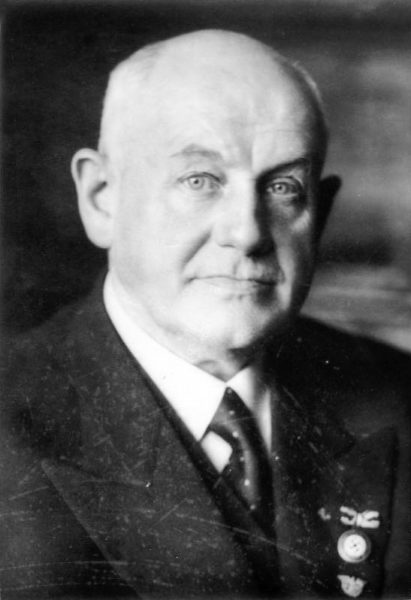
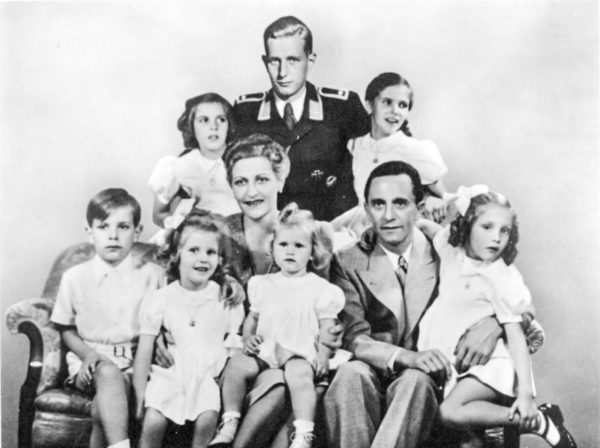
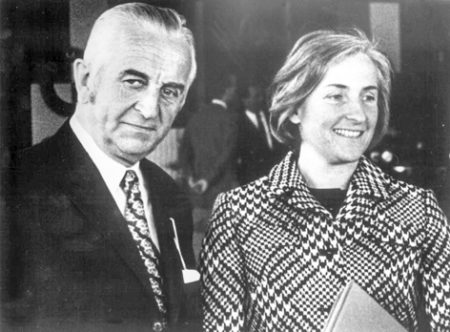
In 2000, sixty-five hundred German companies created a foundation which raised more than five billion Euros for the survivors of Nazi atrocities including slave labor. Nineteen years later, the Riemann family found out about its Nazi history and began to make amends.
The Company Today
Today, the Reimann empire is centered in JAB Holding Company headquartered in Luxembourg. The holding company owns or has stakes in hundreds of recognizable retail companies such as Reckitt Benckiser, Coty, Peet’s Coffee & Tea, Einstein Noah Restaurant Group, Krispy Kreme, Keurig Green Mountain, Jimmy Choo, Coty (Calvin Klein fragrances) and Panera Bread.
After Reimann Jr. died in 1984, he left the company to his five adopted children and his sister’s four children. Four of the heirs subsequently sold their stakes to the other five including Emilie’s three children. Eventually, Emilie’s daughter, Andrea, was bought out leaving Wolfgang, Renate, Stephan, and Matthias as the only remaining Reimann family members with ownership positions. The company is run by a professional manager, Peter Harf, and family members are not involved in the day-to-day operations.


The Alfred Landecker Foundation
The only thing Albert Jr. would admit to his son, Wolfgang, was that the war-time workers at Benckiser were very happy and loved the company. He told his son they all cried when the war was over, and they had to leave. Wolfgang said his father was not a particularly lovable individual and he was soon to find out his feelings about his father would be confirmed.

Peter Harf had heard about some of the stories and in 2012, convinced the Riemann family to authorize Dr. Paul Erker at the University of Munich to undertake a study on the behavior of the company and its owners during the rise of Hitler and subsequent twelve years of Nazi rule. While the full and final report is not expected until 2020, much of the story leaked out in early 2019. The facts shocked and disgusted the Riemann family.
It was decided that the family’s existing foundation be renamed, and its mission completely changed. The Alfred Landecker Foundation is now dedicated to educating current and future generations about the Holocaust and the terrible price paid when intolerance and bigotry reign. The foundation has increased its budget through donations from JAB and will use the money to “honor the memory of the victims of the Holocaust and Nazi terror.”
Andrea Reimann-Ciardelli took part of her money and established The Emily Landecker Foundation which supports scientific, literary, and educational purposes.
✭ ✭ ✭ Learn More About Emelie Landecker and the Reimanns ✭ ✭ ✭
Oberdorffer, Kurt. Ludwigshafener Chemker II. Düsseldorf: Econ, 1960.
Unfortunately, there is not much written about the Landecker or Riemann families. This may change once the full report is issued by Dr. Erker.
What’s New With Sandy and Stew?
I was invited to speak at a recent monthly meeting of the Friends of the Fort Myers Library. They wanted a presentation about World War II spies. What better topic than Operation Double Cross (click here to read) and the story of five double agents who were responsible for the largest hoax of the war? We had over one hundred in attendance, and I think the presentation went over well. For those of you who attended, a big thank you as well as a shout out to those who signed up to receive our bi-weekly blogs.
Someone Is Commenting On Our Blogs
Thank you to Dave for contacting us concerning the blog, The Good Nazi ( click here to read). It was the story of Albert Speer, Hitler’s chief architect and Minister of Armaments. I think Dave took umbrage to the title. His comments “There are no ‘Good Nazis’” and Speer “should have hanged with the rest of them” are pretty much right on. I chose that title because it was the label bestowed upon Speer by the media. It began with the Nuremberg Trial when Speer seemed to acknowledge his actions when those around him used several excuses for their behavior and tried to deflect any responsibility. After Speer was released in the 1960s, historians began to take a different view of his wartime activities and today, many would agree with Dave’s assessment.
If there is a topic you’d like to see a blog written about, please don’t hesitate to contact me. I love hearing from you so keep those comments coming.
Why Would You Want To Buy Our “Walks Through History” Books?
Simple.
You like to travel and experience history and historical events. You like to see original buildings that had a significant impact on the people and events of the history you’re engaged with. You want to know the stories behind the brick and mortar in front of you.
The walking tour books are meticulously researched so you can go directly to those sites and learn about the building’s history as well as an introduction to some of the more interesting people associated with it.
We Need Your Help
Please tell your friends about our blog site and encourage them to visit and subscribe. Sandy and I are trying to increase our audience and we need your help through your friends and social media followers.
Thank You
Sandy and I appreciate you visiting with us. We have some exciting things on the horizon and we’ll keep you updated as we go along.
Share This:
Follow Stew:
Find Stew’s books on Amazon and iBooks.
Please note that we do not and will not take compensation from individuals or companies mentioned or promoted in the blogs.
 Walks Through History
Walks Through History
Copyright ©2019 Stew Ross

